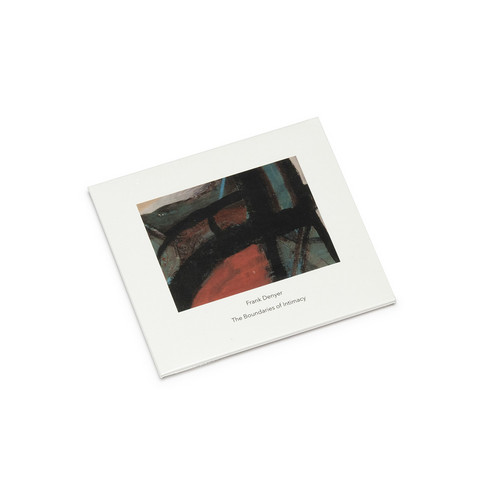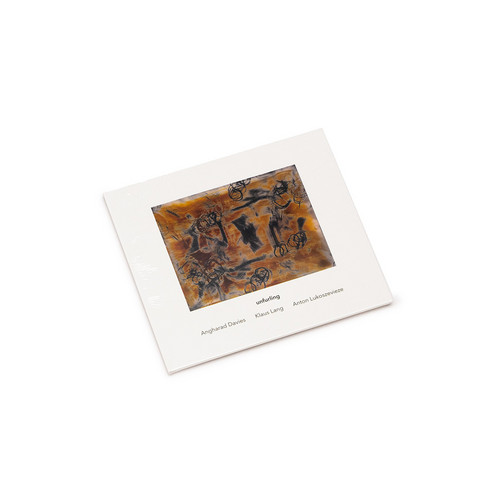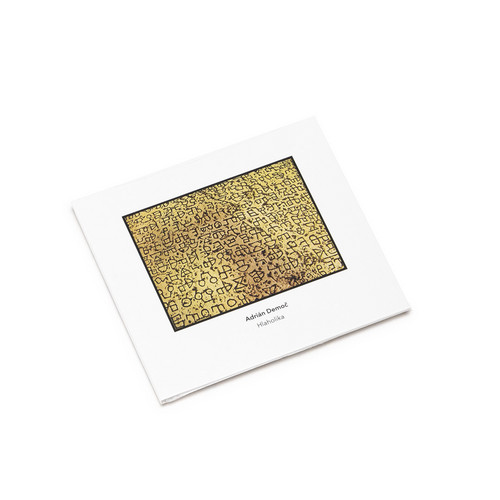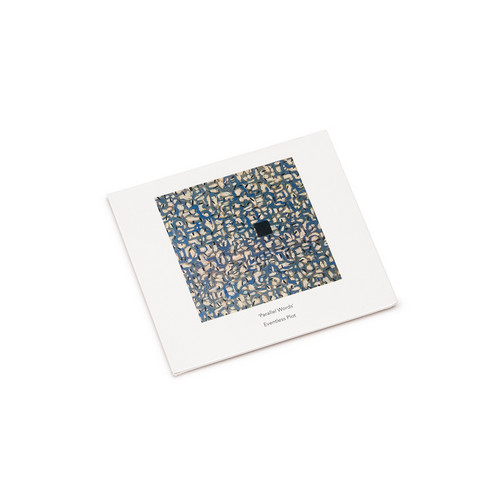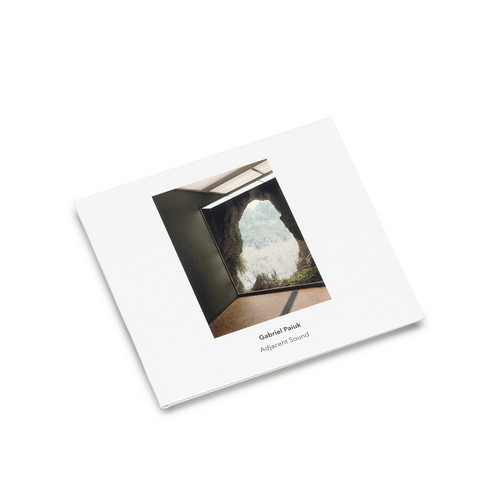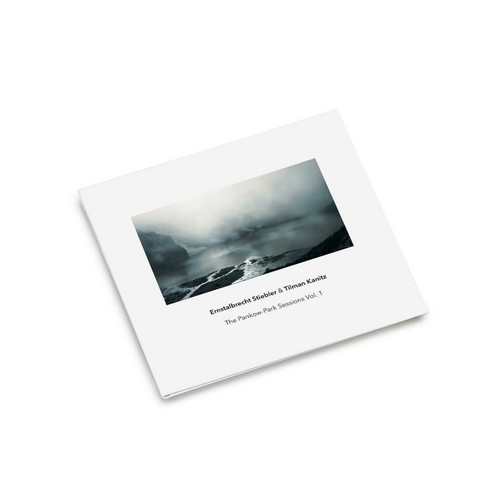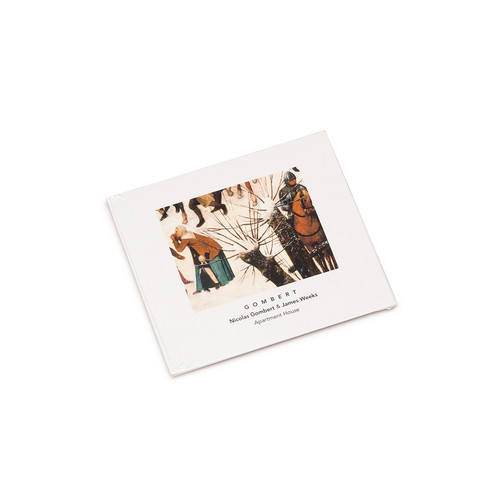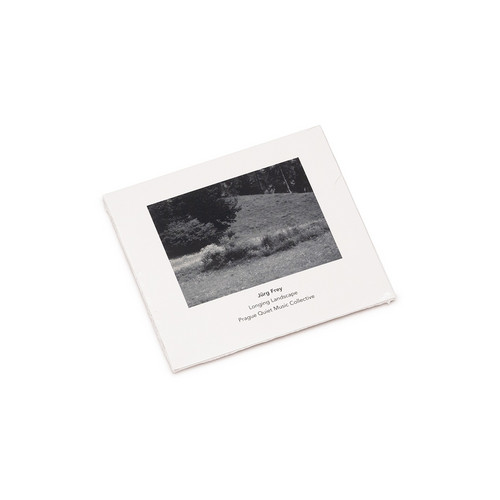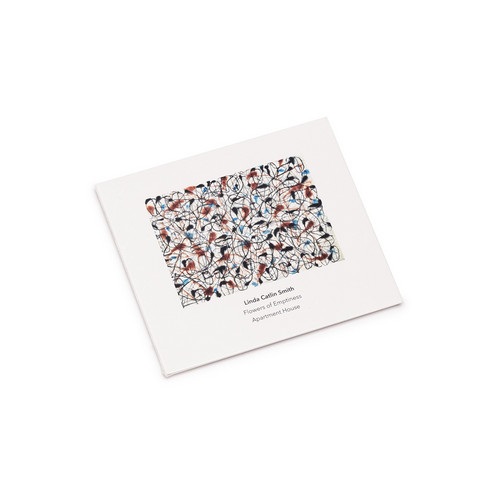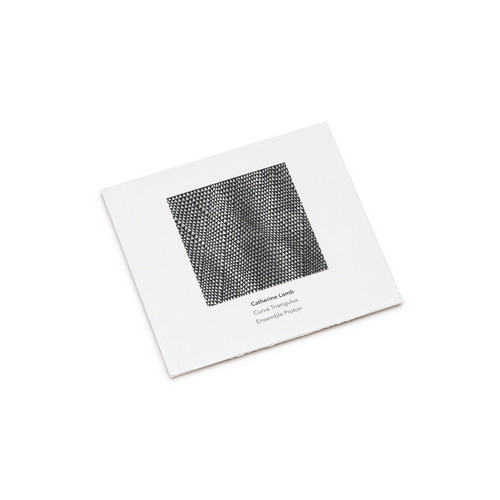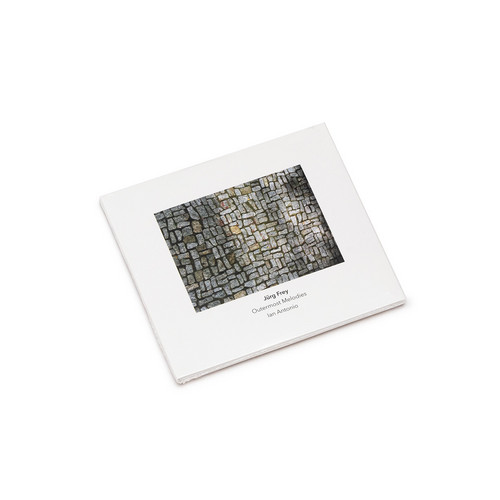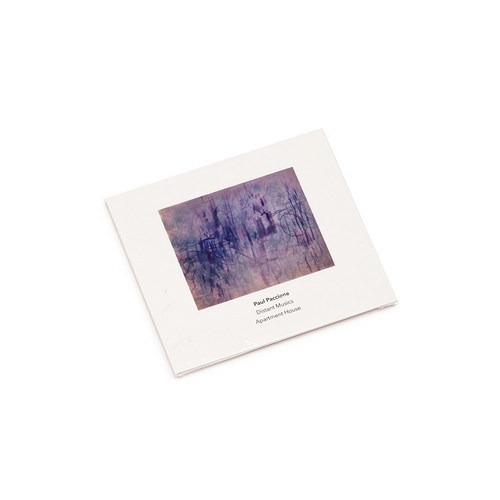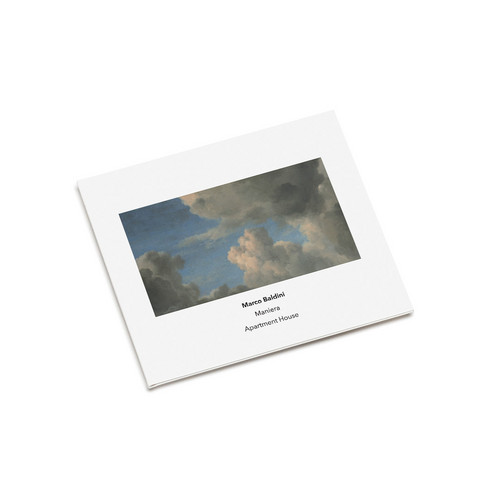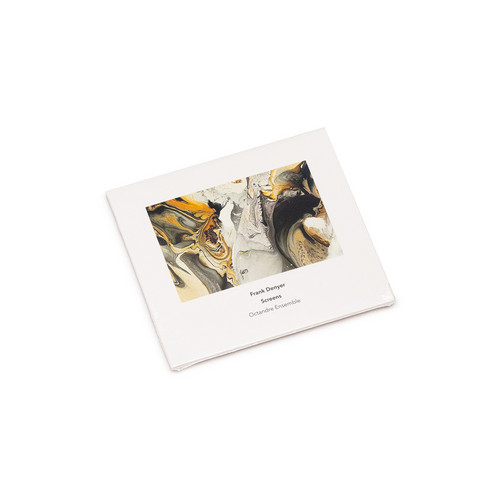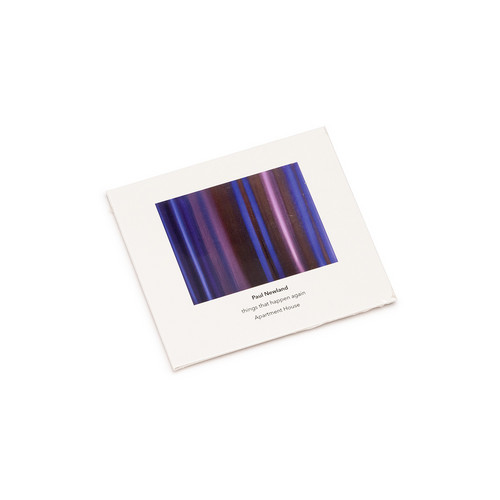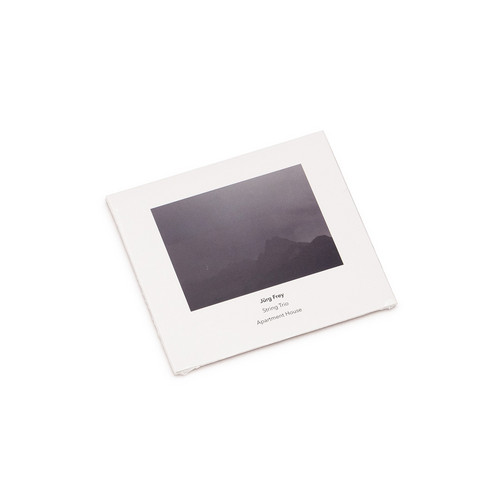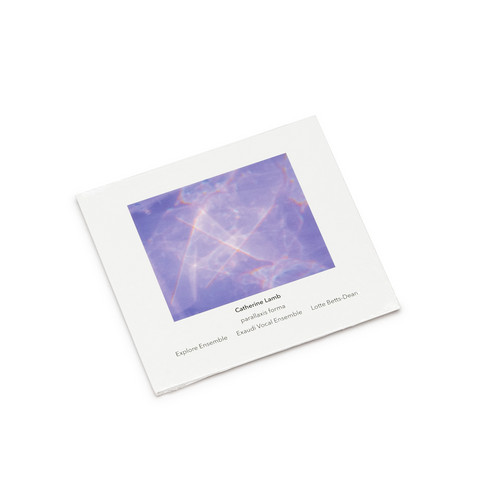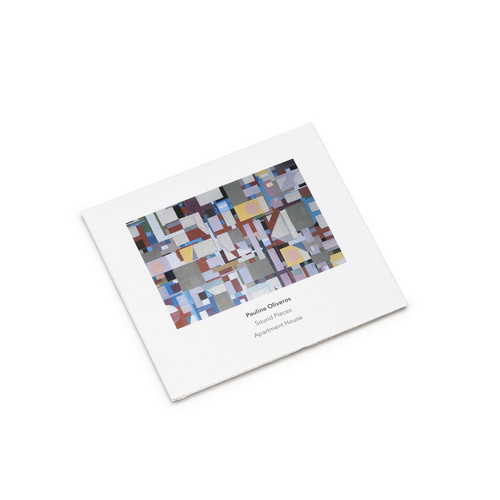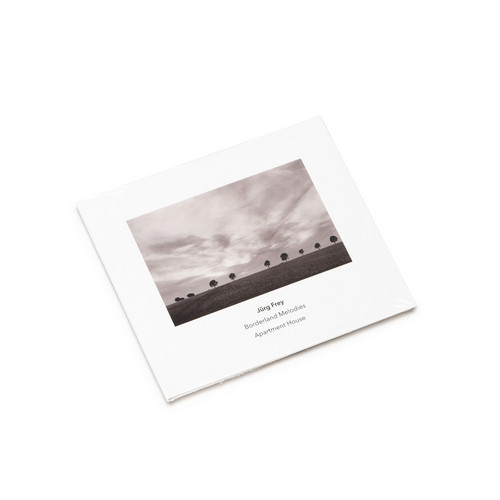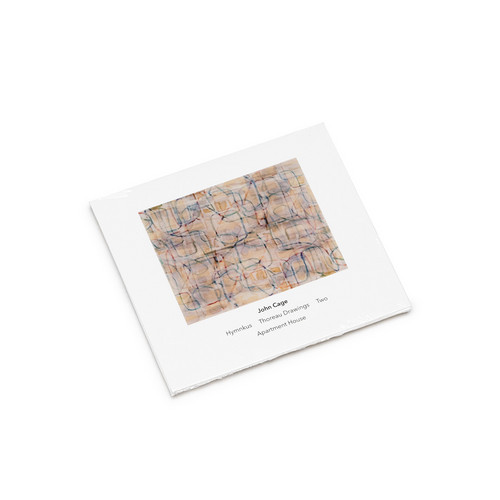Back in stock
The Boundaries of Intimacy
British composer Frank Denyer presents seven beautiful chamber works dating from 1974 to 2018, opening a door to his unique soundworld. Released by Another Timbre in November 2019, The Boundaries of Intimacy features sublime, unexpected pieces of delicate intimacy performed by a variety of artists including Luna String Quartet, Juliet Fraser, Elisabeth Smalt, Jos Zwaanenberg and Nobutaka Yoshizawa.
"Most of the music on this CD is soft, some of it very soft indeed. To achieve the optimal listeni…
Unfurling
Unfurling introduces a trio where established voices in contemporary experimental music - Angharad Davies, Klaus Lang, and Anton Lukoszevieze - are brought together in an environment shaped as much by deep listening as by compositional foresight. Born out of a residency and recorded during the intense yet open space of a single studio session, the album becomes a portrait of creative trust and shared focus. Throughout the 52-minute performance, each musician both asserts and dissolves their indi…
Hlaholika
With Hlaholika, Adrian Democ offers a collection of chamber pieces unified by a focus on stillness and the unhurried unfolding of sound. Rather than chasing after overt drama, Democ’s writing reveals itself through the subtle layering of sonorities and stark, melodic lines, letting each instrument’s character shine. Apartment House brings sensitivity and patience to these recordings, allowing the music’s quiet radiance to emerge organically, rather than by force.
The album opens with “Ma fin est…
Parallel Words
With Parallel Words, Eventless Plot compose as a true collective, crafting an album that drifts at the intersection of chamber music, electroacoustic experimentation, and subtle jazz inflections. The trio - Vasilis Liolios, Aris Giatas, and Yiannis Tsirikoglou - devise sound worlds marked by contradiction and hybridity. Across the album’s three substantial tracks, instrumental timbres and electronics run alongside each other, oscillating between a sense of tranquil detachment and mounting intens…
Adjacent Sound
Adjacent Sound positions Gabriel Paiuk as a composer attuned to the phenomena of perception, proximity, and the thresholds where listening itself becomes the subject. Rather than presenting a collection of isolated pieces, the album unfolds as a unified exploration into how sound delineates and dissolves boundaries - between performers, between recorded and live presence, between the material and the ephemeral. Every aspect of the release is shaped by a careful questioning of what it means to li…
The Pankow-Park Sessions
The Pankow-Park Sessions Vol.1 is a striking documentation of collaboration between Ernstalbrecht Stiebler and Tilman Kanitz, offering a series of works that blur distinctions between composition and improvisation in an acoustic setting. These recorded sessions capture the artists’ shared sensitivity to resonance, duration, and the momentary emergence of musical events. Rather than foregrounding virtuosic display or dense structuring, the album cultivates a sense of spaciousness where tones, sil…
G o m b e r t
Seven beautiful, melancholic motets and a chanson by Renaissance composer Nicolas Gombert, arranged for instruments by James Weeks, who also composed the interludes. "One of the least expected and most beautiful records we are likely to hear this year." - Clive Bell
Longing Landscape
Jürg Frey, the Swiss composer, clarinetist, and central figure in the Wandelweiser collective, presents three recent chamber works—all written for and performed by the Prague Quiet Music Collective, with one piece featuring the Norwegian new music group asamisimasa. These compositions mark a significant evolution in Frey's aesthetic. As Ian Mikyska of the Prague collective explains, "Jürg is neither writing the music he used to write nor writing the music that anyone expects of him"—moving beyon…
Flowers of Emptiness
"Maybe I'm like a still life painter," Linda Catlin Smith says, "looking at the same objects again and again over the years." Yet this survey of chamber works—spanning 1986 to 2024—shows a composer whose perspectives continually shift, finding something fresh in each iteration. Hers is "a compositional voice that never shouts, never draws undue attention to itself, yet creates music of compelling beauty." The Guardian awarded five stars, placing it #3 in their Top Classical Releases of 2024.
Apa…
Curva Triangulus
Catherine Lamb works at the boundary between perception and illusion. In Curva Triangulus (2018/21), the American composer takes Bridget Riley's geometric forms as starting point for "warping" Renaissance materials through geometric musical figures. The result is a 41-minute composition for eight instruments where the distinction between melody and harmony dissolves: one generates the other, rather than existing as separate entities.
The score demands an exceptional ensemble. Bern's Ensemble Pro…
Outermost Melodies
Ian Antonio discovered Jürg Frey via algorithm. About 15 years ago, SoundCloud kept leading him to the same piece, maybe Circular Music No. 2. "I wouldn't notice the piece starting but then realize I was in fact listening to it closely," he recalls. "The stillness and closeness and warmth were somewhat new to me." At the time, Antonio played "a lot of very loud and often very fast music" with groups like Wet Ink, Talujon, Zs, and Yarn/Wire. Frey's music was "very much the opposite."
This double …
Distant Musics
American composer Paul Paccione makes a welcome return to recording with this portrait album featuring five chamber works originally composed between 1980 and 1990, all performed by the acclaimed Apartment House ensemble. Born in New York in 1952, Paccione studied with legendary minimalist pioneer Harley Gaber and later at the University of Iowa, developing a distinctive voice deeply influenced by Morton Feldman, John Cage, and Anton Webern.
The album includes Exit Music for string trio, Gridwor…
Maniera
With yet another striking and forward-thinking work of contemporary composition, Another Timbre returns with “Maniera”, their second outing with the Italian composer, Marco Baldini, following on from last year's brilliant “Vesperi” which sold out within weeks. Comprising seven works for various configurations of string ensemble, masterfully executed by Apartment House, that nod across time toward Italian polyphonic compositions of the 16th and early 17th centuries, the diverse history of Minimal…
Screens
British composer Frank Denyer (born London, 1943) presents an extraordinary collection of five works spanning nearly fifty years of creative activity, performed by the Octandre Ensemble conducted by Jon Hargreaves. This release, recorded at the Menuhin School in Surrey in September 2022, serves as a landmark document of one of the most original voices in contemporary music.
The album includes Broken Music (1990) featuring a bewildering array of instruments including flute, piccolo, crow call, me…
Things that Happen Again
Things that Happen Again offers a panoramic entry point into the lucid, evolving world of Paul Newland. Recorded by Apartment House at Goldsmiths in 2023, the album presents compositions written across a fourteen-year span. The title alludes to Newland’s fascination with recurrence and reworking - tracks such as “Difference is Everywhere (altered again)” or “Things That Happen Again (again)” are not only marked by repetition but by acts of subtle reinvention, echoing Newland's habit of dismantli…
String Trio
A 51-minute journey through sound that Swiss composer Jürg Frey describes as "a (maybe even perfect) balance between anonymity and personality." Originally commissioned by Concertgebouw Brugge and premiered at the 2019 SLOW Festival, this String Trio underwent extensive revision before Apartment House brought it to its "final destination" in this first recording. Frey's compositional process defies system – everything emerges slowly through what he calls "a slow but natural process which I can't…
parallaxis forma
Three vocal works recorded between 2014 and 2020 reveal the Berlin-based American composer's singular approach to voice as spectral instrument. Lotte Betts-Dean, Explore Ensemble, and Exaudi navigate Lamb's radiant harmonic language where phonemes replace text, vowel sounds emphasize overtone clusters, and the human voice blends seamlessly with bowed strings shifting between pure tone and noise.
color residua opens with four sections where composite melodies emerge through slow hocket between si…
Sound Pieces
Sound Pieces is a collection from Pauline Oliveros performed by Apartment House. The album spans seven works from 1975 to 1998, comprising both open text scores and a structured seven-movement composition, "Tree/Peace." The ensemble channels Oliveros’ philosophy of deep listening and interpretive openness, delivering performances full of nuance, attentive silence, and subtle interplay.
Borderland Melodies
Borderland Melodies, composed by Jürg Frey and interpreted by Apartment House, features three chamber works that exemplify Frey's subtle balance of melody, structure, and quiet innovation. The music explores gradual transformation, intertwining voices, and the shading of tone and silence, creating a meditative sound world where every phrase and rest feels considered and essential.
Hymnkus Thoreau Drawings Two
Hymnkus Thoreau Drawings Two features three rarely encountered works by John Cage, interpreted by Apartment House. The album brings together the sparse, spatial interplay of “Two”, the poised transformations of “Thoreau Drawings”, and the hypnotic, layered repetitions of “Hymnkus” in performances marked by clarity, restraint, and ensemble sensitivity.
